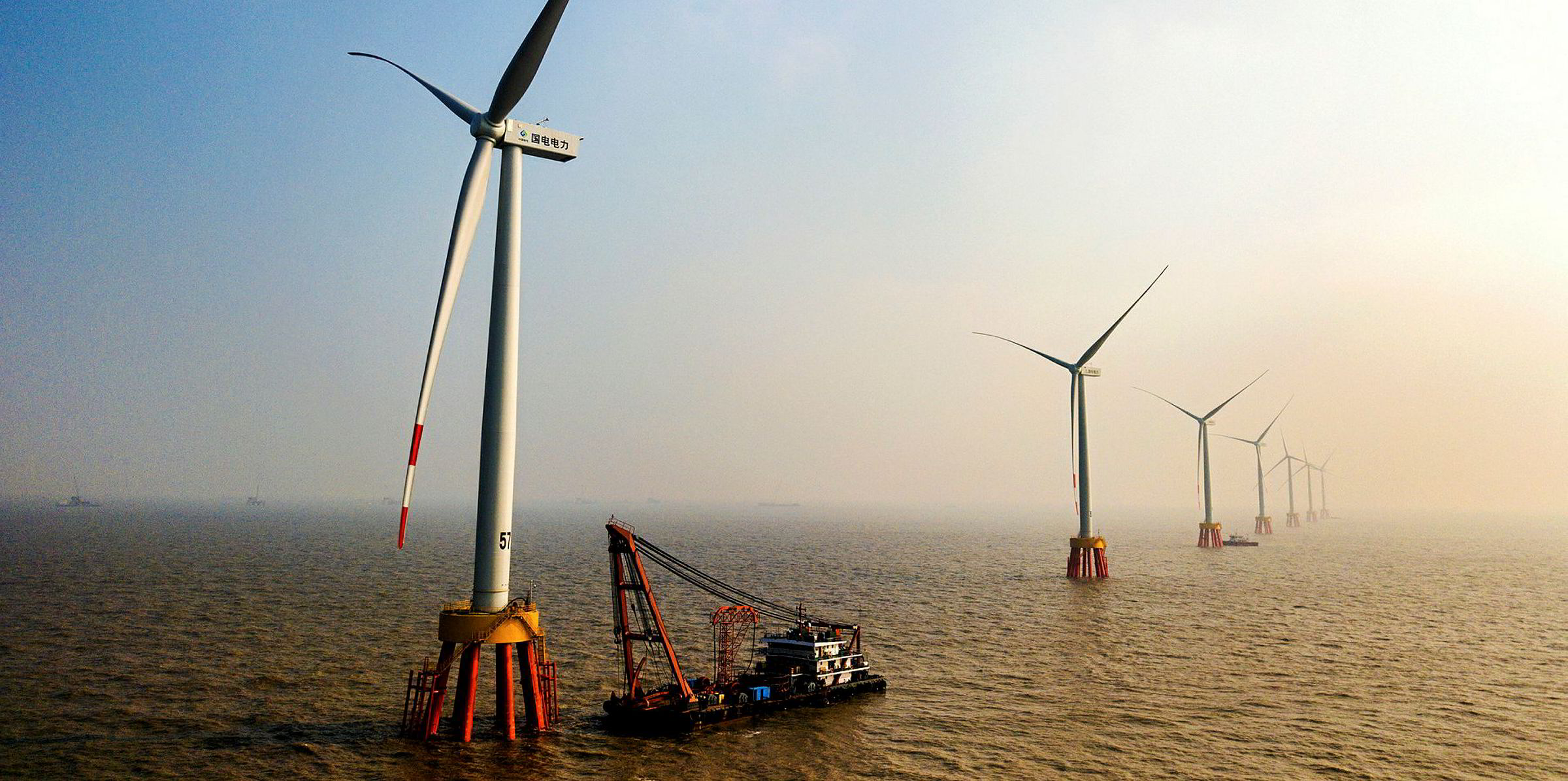Cumulative wind power capacity in Asia is likely to overtake the combined total of North America and Western Europe (NAWE) through 2028, driven by a rapid growth in the Chinese market, Fitch Solutions Macro Research said in its updated ten-year report.
The researchers expect Asia’s installed capacity to jump to 544GW by 2028, compared to NAWE’s 451GW by then.
The two regions will be key in pushing the world’s overall installed wind capacity to 1,100GW by the end of the forecasting period, nearly doubling from the 562GW seen at the end of this year.
“China will make up 44% of net capacity growth over this timeframe, highlighting the importance of the market to global renewables investment,” Fitch Solutions said, adding that the imminent phase-out of subsidies in the Chinese renewables sector will likely give scope for more wind power projects to compete with coal in the market.
A steady reduction of curtailment thanks to new ultra-high-voltage transmission lines also helps China’s wind power boom, the researchers said. Fitch Solutions expects China alone to add almost 237GW of wind capacity in the ten years through 2028.
Part of China’s rapid wind power expansion will come from offshore, where Fitch Solutions analysts see the Asian country rival Europe’s front-runners Germany and the UK.
That view contrasts somewhat with statements given this week to Recharge by MHI Vestas chief executive Philippe Kavafyan. The CEO said uncertainties regarding the change to China’s renewables support system could mean that the Asian country won’t expand its offshore wind base as fast, while the UK is increasing its targets for wind at sea.
Seen on a global level, the rising cost-competitiveness of offshore wind will in any case be a key factor for the continued wind power generation growth, Fitch Solutions said.
Next to the UK, Germany and China, smaller countries such as Denmark, Belgium and the Netherlands will also contribute to a robust long-term offshore wind capacity growth, the researchers added.


